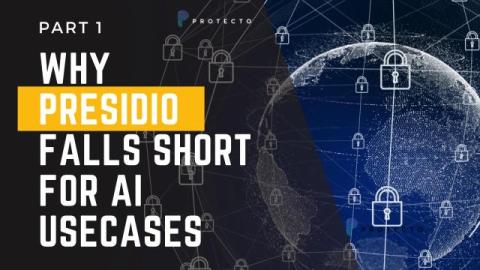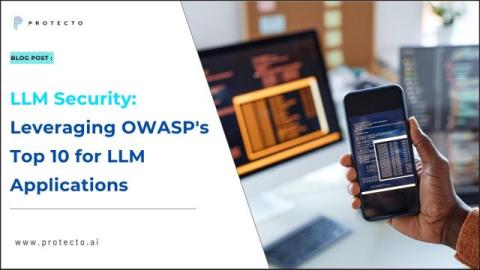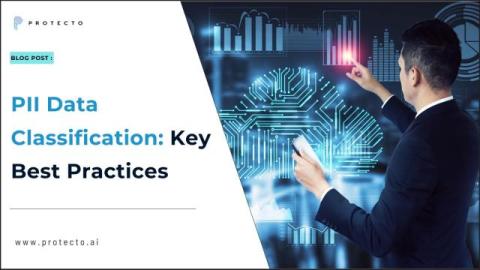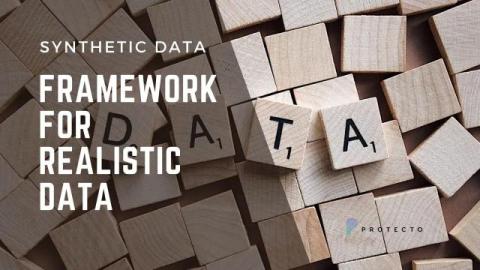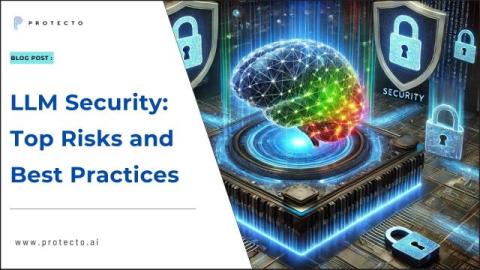Essential Guide to PII Data Discovery: Tools, Importance, and Best Practices
Personally Identifiable Information (PII) is data that can uniquely identify an individual, such as an employee, a patient, or a customer. “Sensitive PII” refers to information that, if compromised, could pose a greater risk to the individual’s privacy and misuse of information for someone else’s gains.



